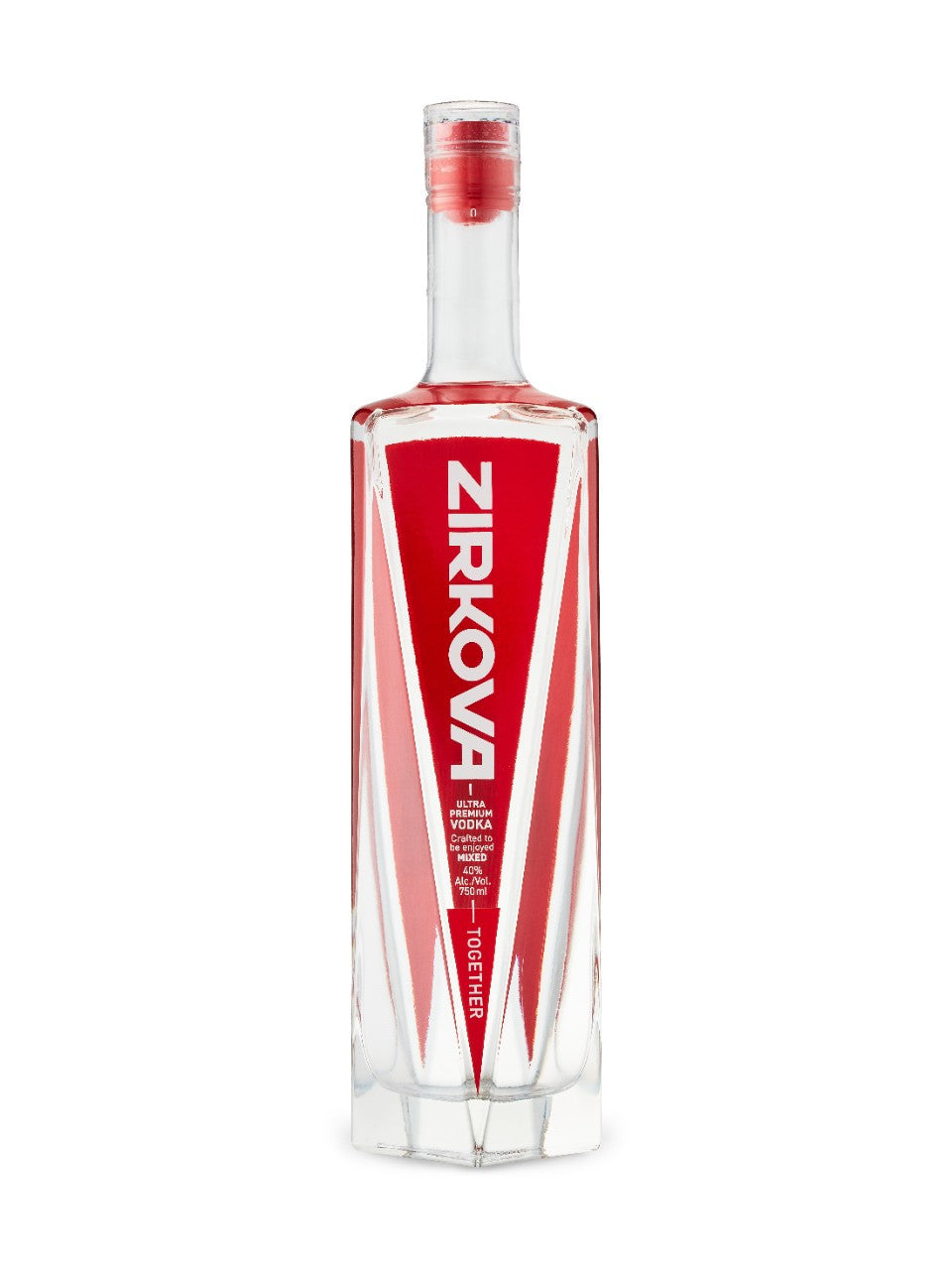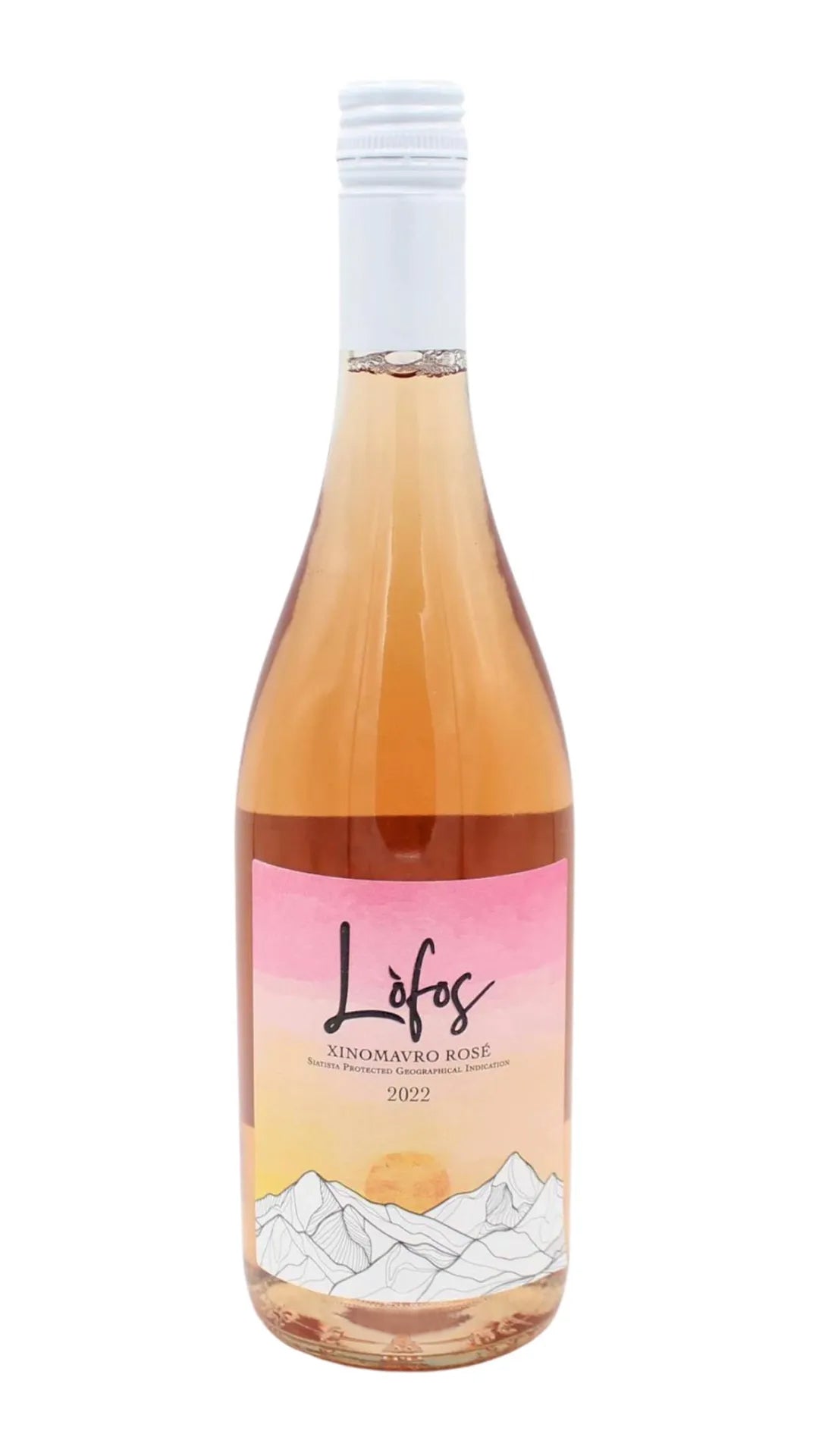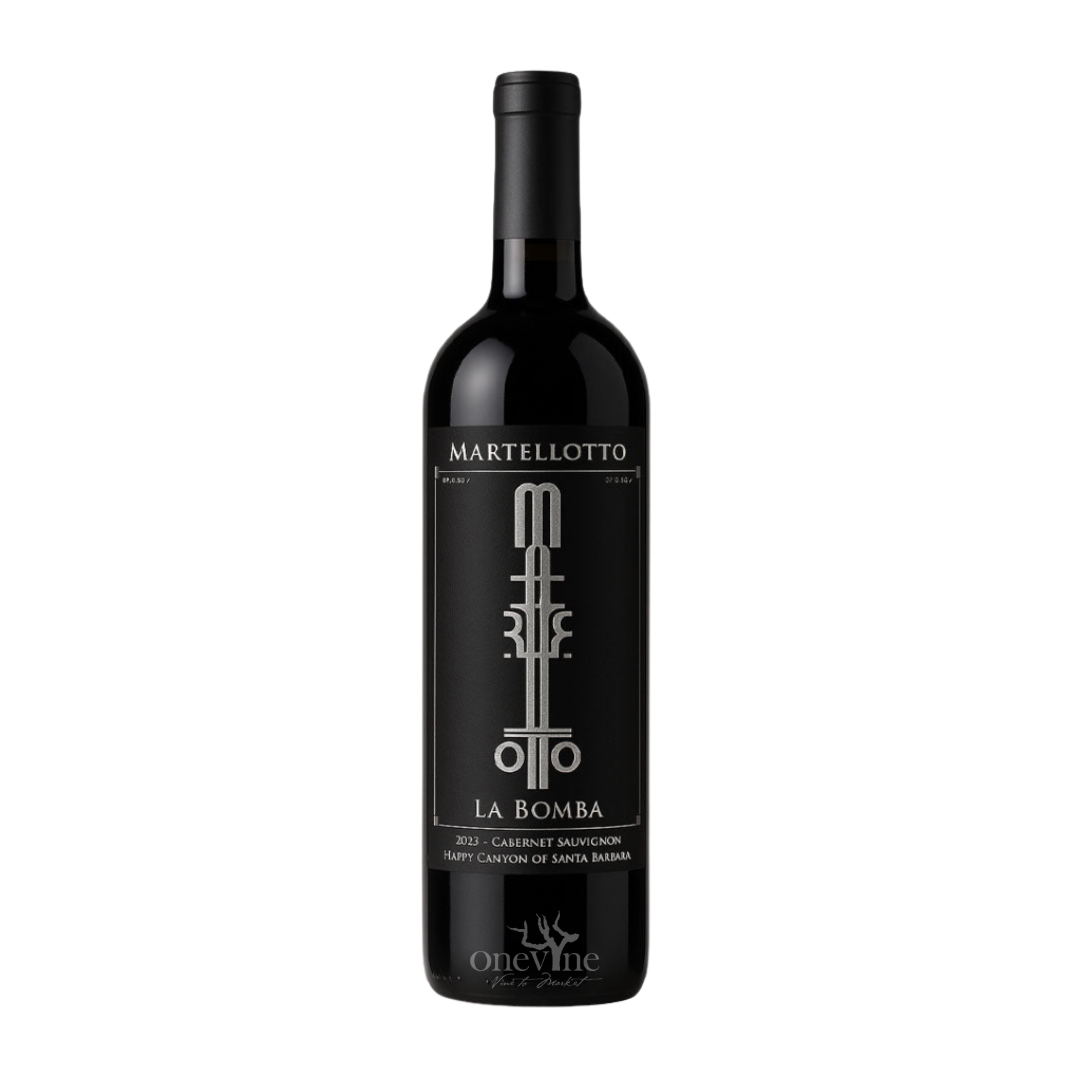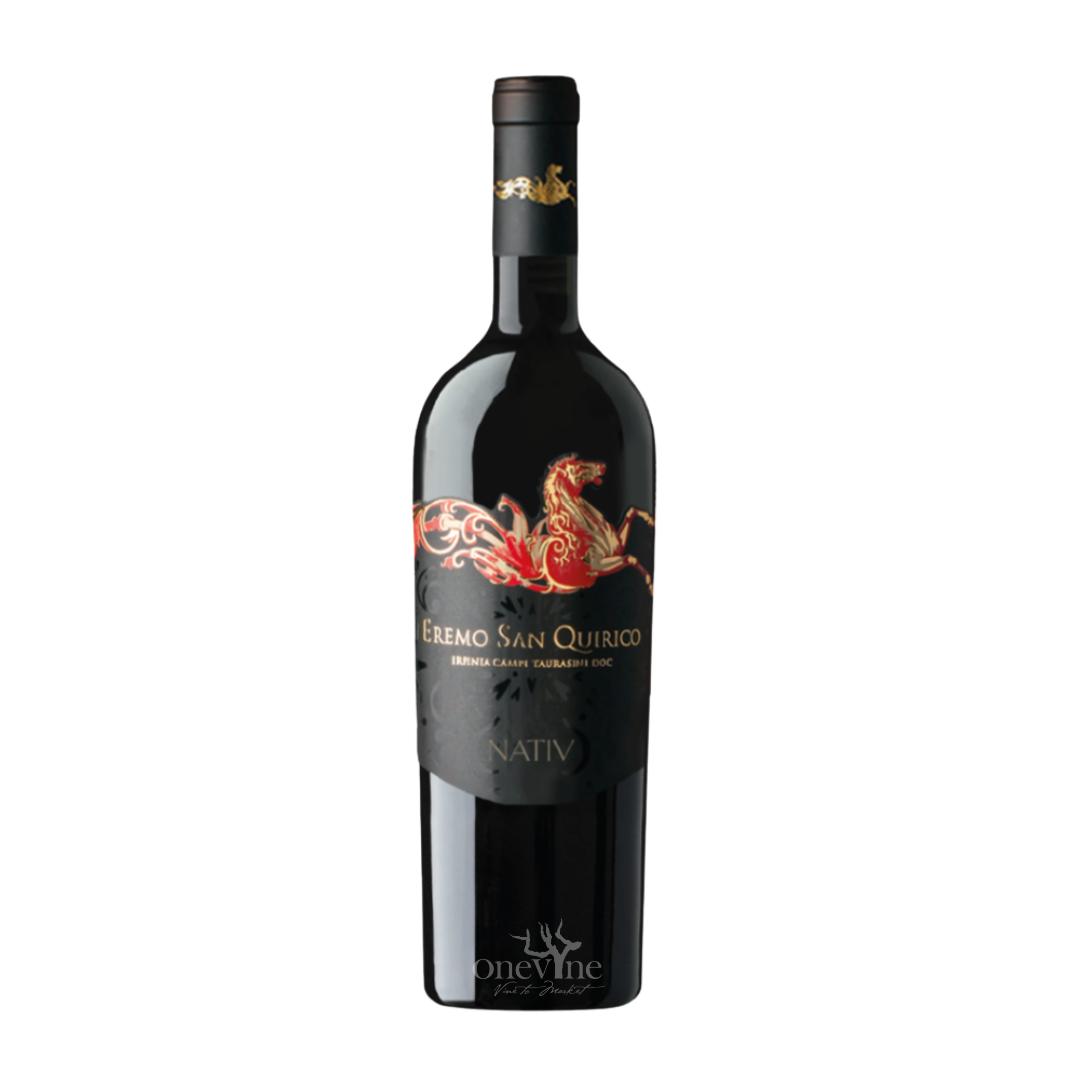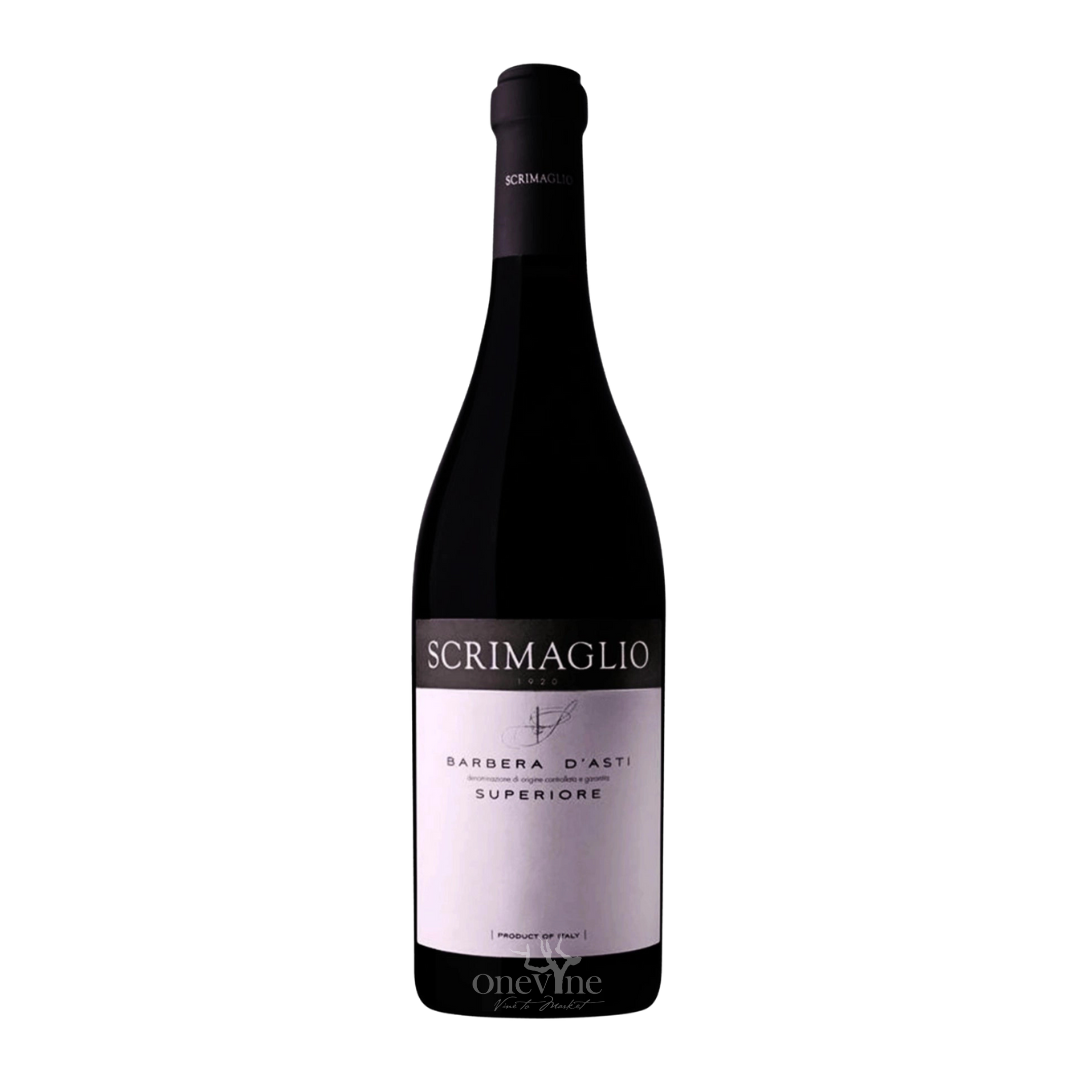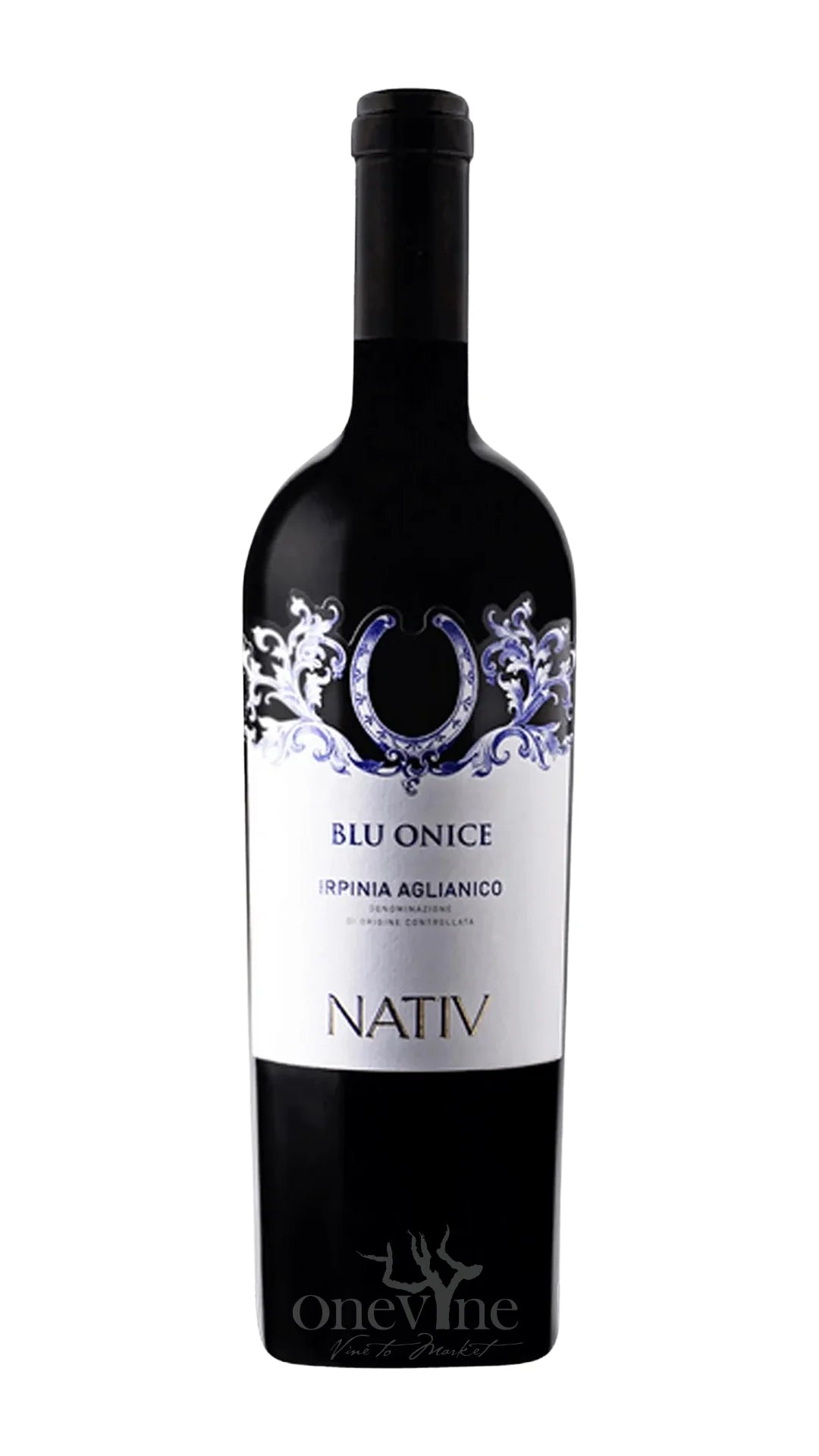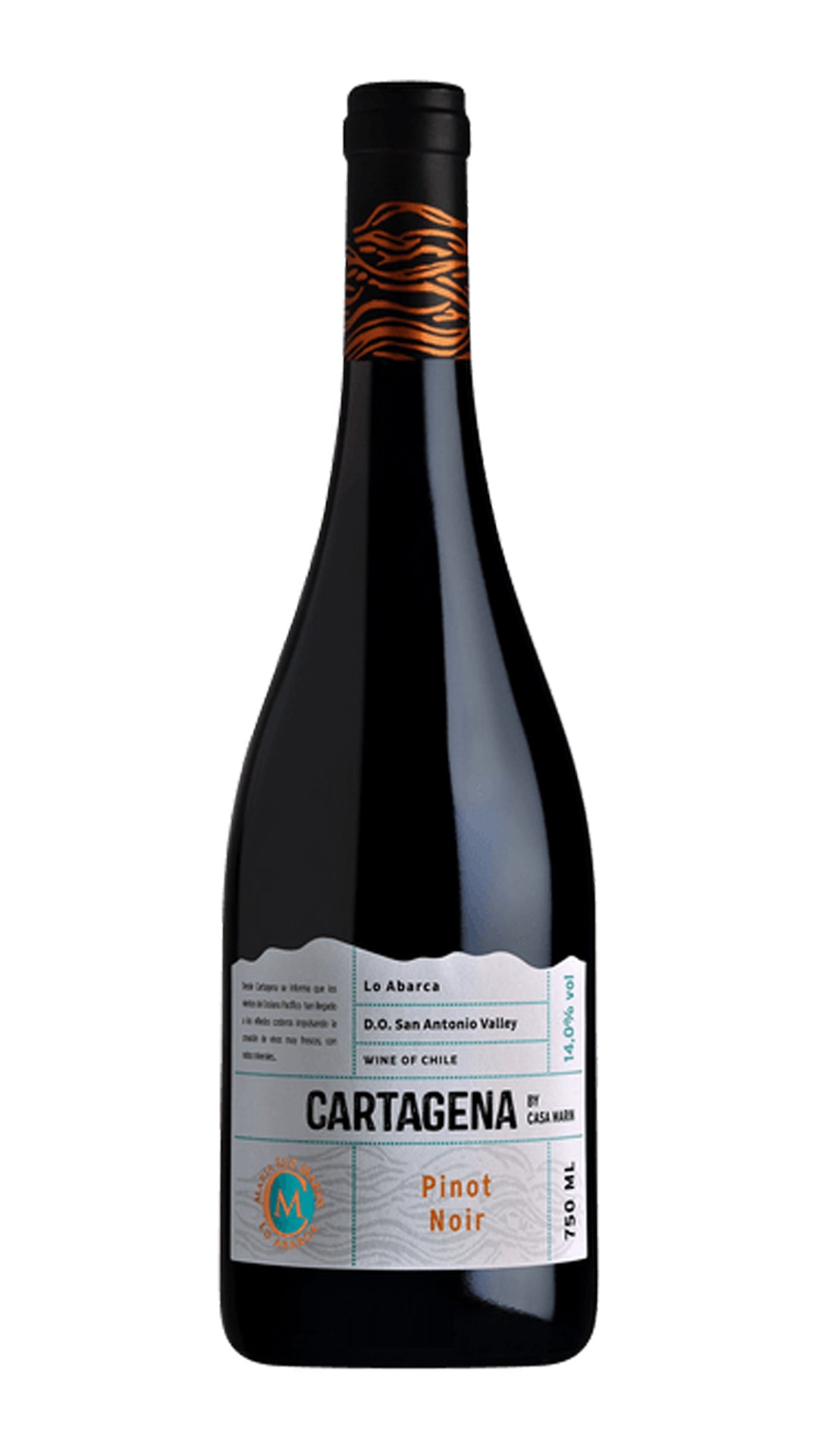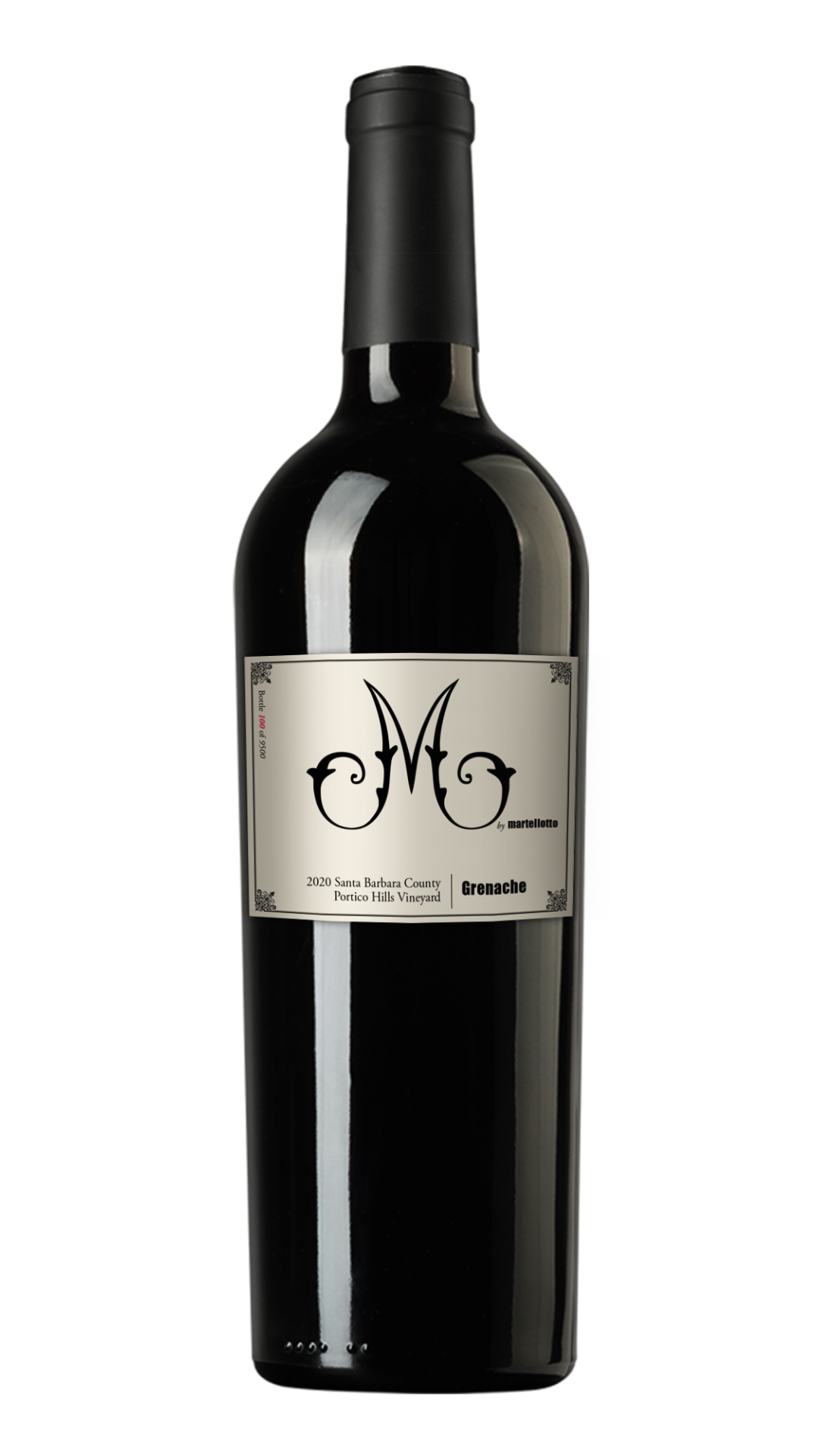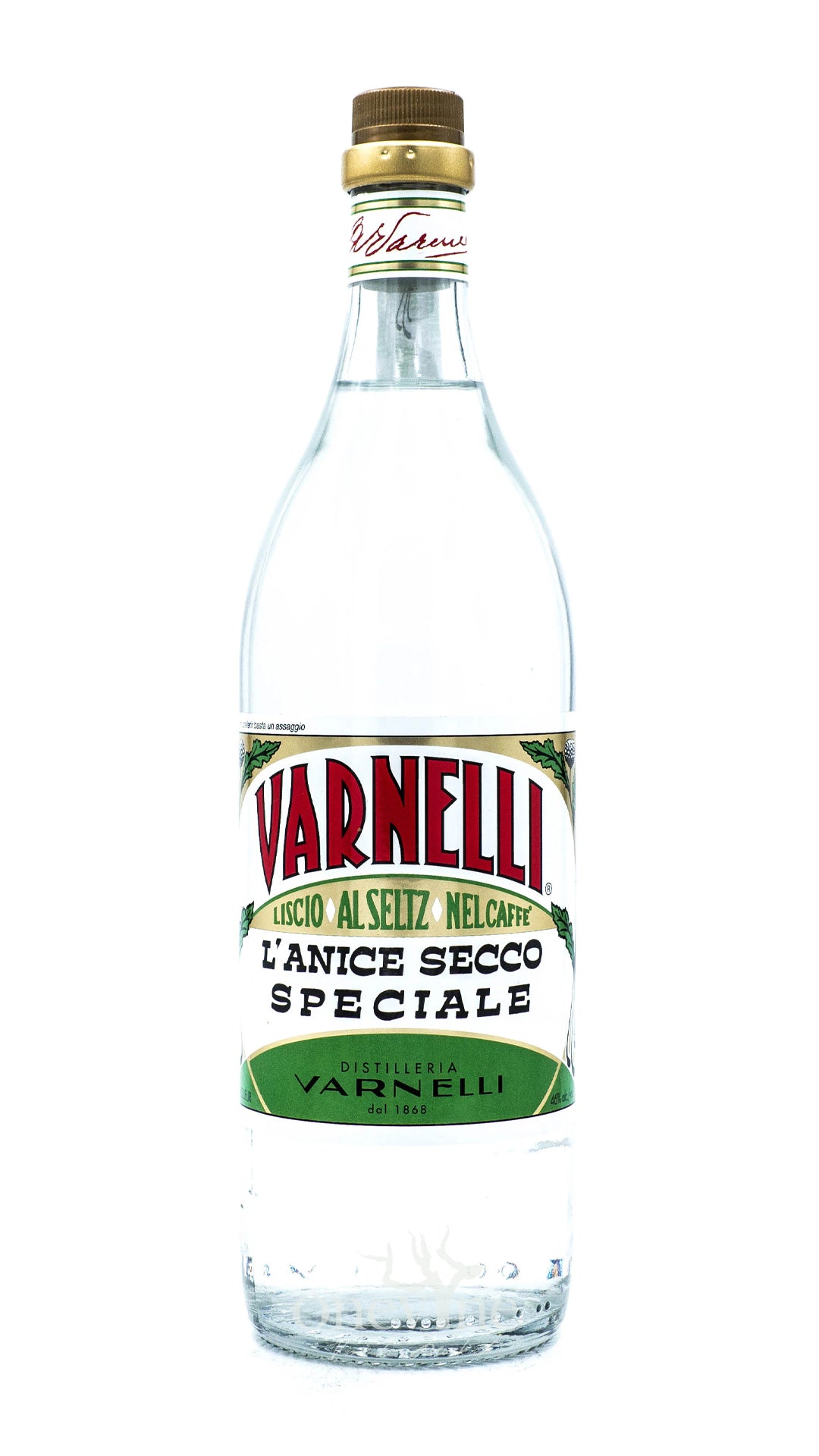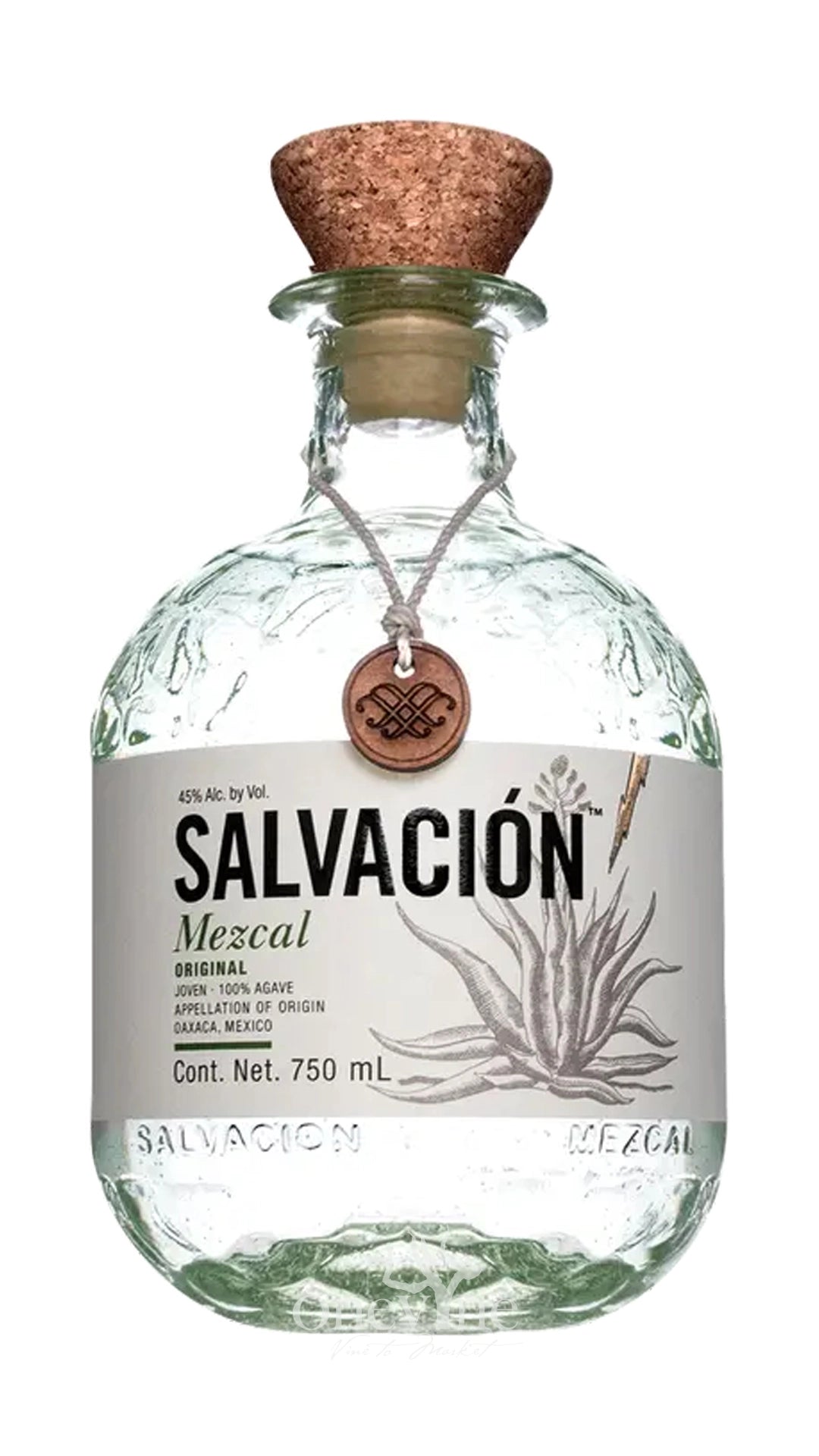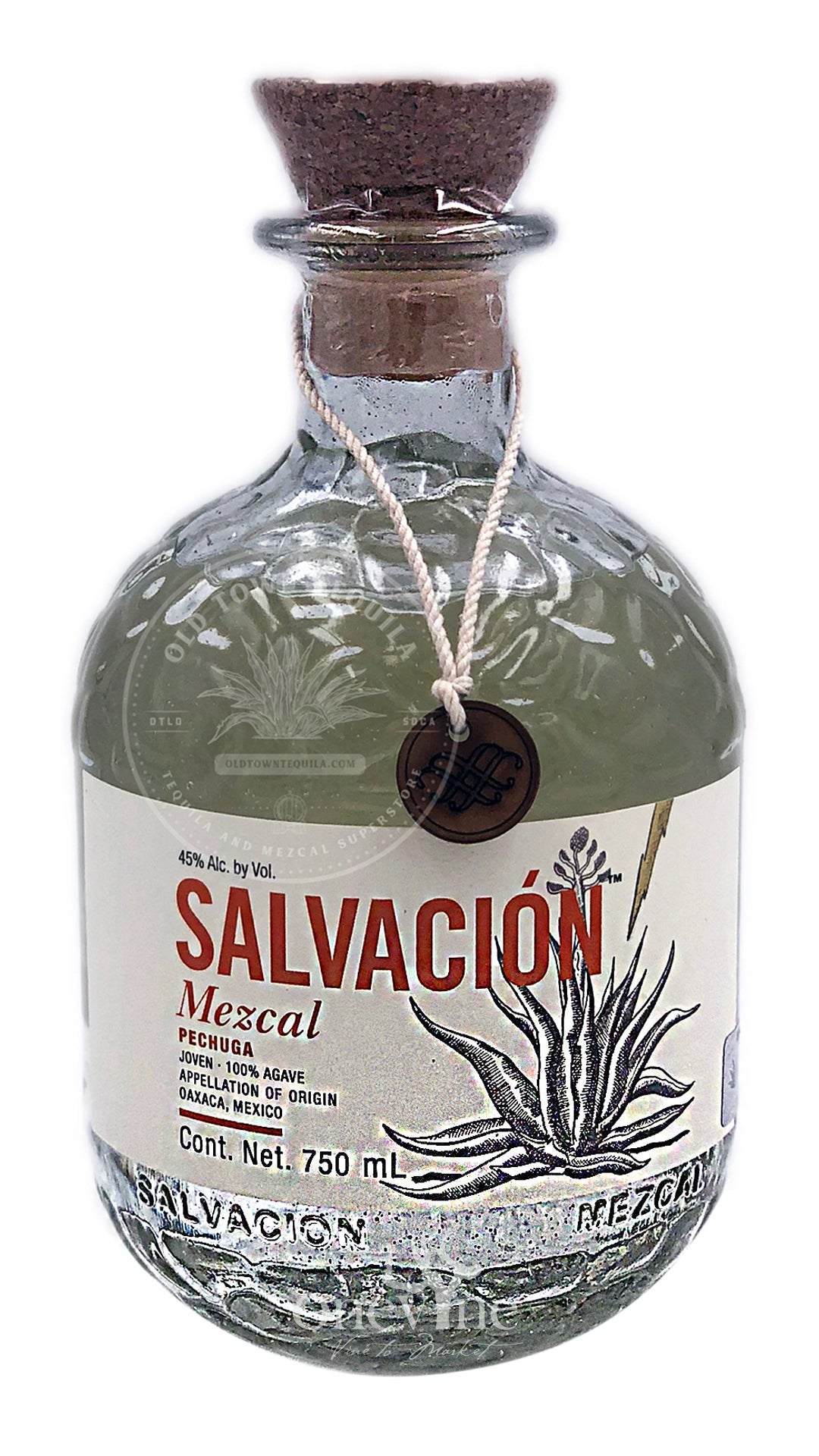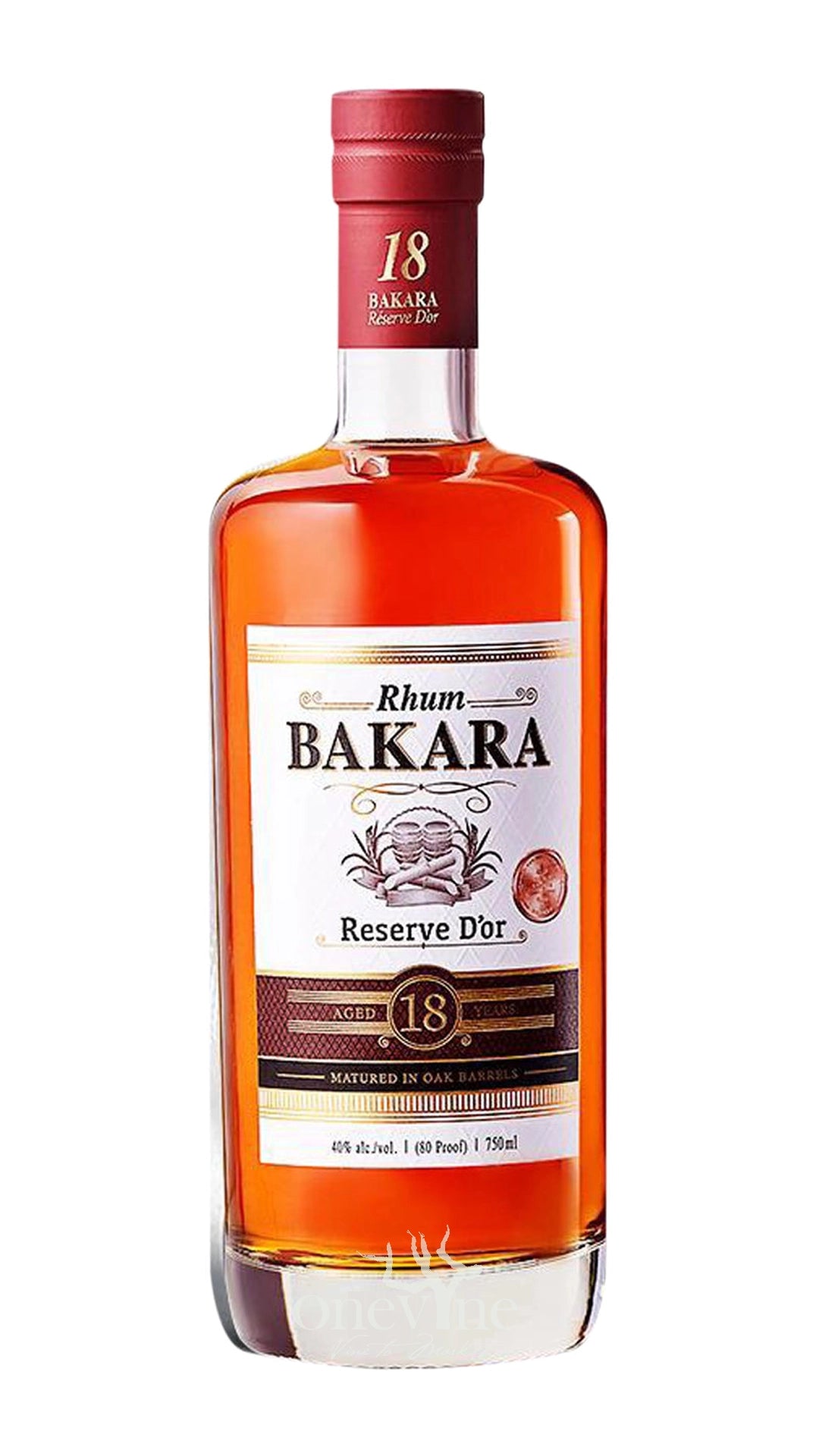Skip to content
-
Zirkova Together Ultra Premium Vodka 12x750ml
-
2022 Lofos Siatista Xinomavro Greek Rose 12x750ml
-
Salvacion Original Mezcal Mexico 1x750ml
-
2023 Martellotto La Bomba Cabernet Sauvignon Happy Canyon 12x750 ml
-
2019 Nativ 'Eremo San Quirico' Aglianico Irpinia Campi Taurasini 12x750ml
-
2022 Scrimaglio Barbera d'Asti Superiore 12x750 ml
-
2019 Nativ Blu Onice Irpinia Aglianico 12x750ml
-
2019 Casa Marin Cartagena Pinot Noir 12x750ml
-
2020 M by Martellotto Grenache Santa Barbara County 12x750ml
-
Varnelli L Anice Secco Speciale NV 1 Liter 1x1000ML
-
Salvacion Mezcal Pechuga Mexico 1x750ml
-
Bakara Reserve D'Or Rum 18 Years
-
Choosing a selection results in a full page refresh.
